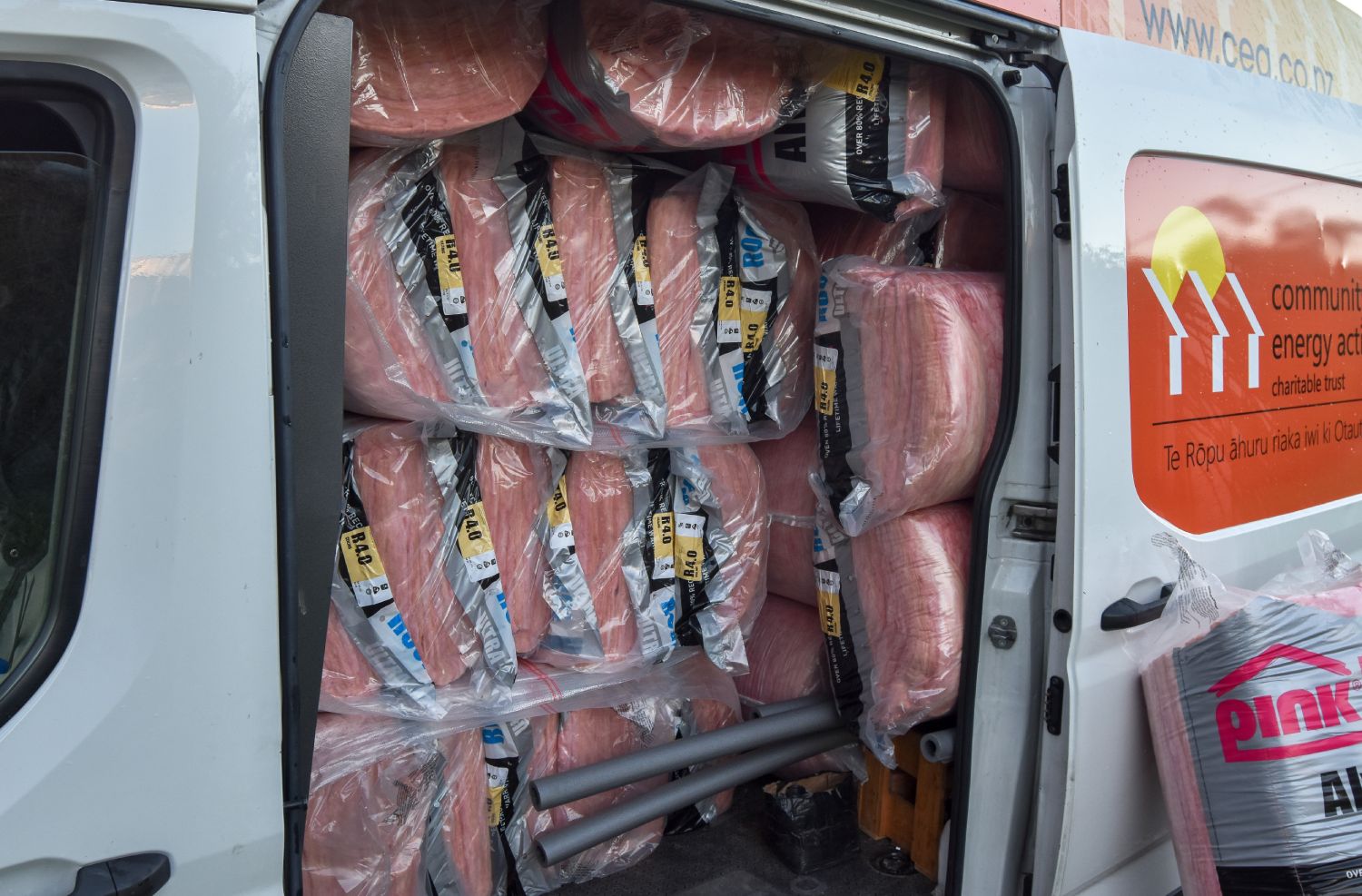What is insulation, and how does it keep your house warm?
Insulation is a key component in keeping your home warm. It works to trap the heat in and help regulate the temperature in your house.
But how exactly does it work, and what is it made from? Read on to learn more about what insulation is, and how it helps keep your home warm during the cooler months.
What is Insulation made from?
Insulation is a material that is used to reduce heat transfer between two areas.
The most common types of modern insulation in New Zealand are made from fibreglass, wool, polyester and foam. Older forms of insulation include paper/cellulose and foil. Products typically come in either a bulk (segments or blanket) or loose fill form.
Glass and mineral wool insulation
Glass and mineral wool are made from fibres made from molten glass (recycled or new) or other minerals. Mineral wool can contain a large proportion of industrial mineral waste. Glass/fibreglass insulation can contain up to 80 per cent recycled glass.
Polyester insulation
Polyester is made from petrochemicals. Some products may contain recycled polyester fibre such as recycled plastic bottles. Polyester/wool blends are also available and can use up to 40 per cent polyester or recycled plastic fibre mixed with recycled or virgin wool.
Wool insulation
Wool insulation is made from natural sheep wool (either new or recycled from carpet manufacture offcuts) and may be blended with preservatives, and polyester or resin. Blending adds strength to help keep its shape. It is treated to make it pest, mould, and fire-resistant.
Polystyrene insulation
Polystyrene is a processed, synthetic material from petrochemicals. Fire retardant is added during the manufacturing process. It is used as stable, rigid foam that can be formed or cut into a range of shapes and thicknesses. Polystyrene foam is available as expanded or extruded. Extruded polystyrene is used generally for specialist types of construction – it is imported and more expensive than expanded polystyrene.
Paper or cellulose-based insulation
Paper or cellulose-based insulation is made from paper and can have a high recycled content. It is blown into the cavity being insulated. Fire retardants and pest retardants are mixed with the paper.
Foil
Foil is a reflective insulation that has at least one layer of aluminium on the outside surface. The foil acts as a radiant barrier to thermal radiation. It can be used by itself or as a coating on another form of insulation. Currently, foil cannot be installed in residential buildings with existing electrical installations due to safety concerns with contacting wiring.
How does insulation keep your house warm?
Insulation is a material that is designed to slow down or resist the transfer of heat. This means that it helps to keep the warm air inside your house during the winter and prevent the cold air from entering.
There are many different types of insulation, but they all work similarly. Insulation is typically made up of tiny pockets of air that are trapped within the material. As air is a poor conductor of heat, insulation products reduce the ability for heat to be transferred by conduction, preventing the movement of heat through the material. The insulation rating of the product indicates how effective it is at this process (the higher the rating the higher the performance).
Insulation also needs the ability to be able to expand and contract. As the air in the product warms the insulation expands. The reverse happens as the air cools. Compression of the product by storing items on top of it or damage through trampling lessens its ability to expand and contract, diminishing its performance. It also means that older insulation that is thin or lost its ability to expand or contract may need a top-up, to maintain thermal performance.
Why should I install insulation in my home?
Insulating the ceiling, walls, and underfloor cavities in your home means that heat has a much tougher job to escape. This means that your heating system won’t have to work as hard to keep your house warm, which can help to save energy and reduce your heating bills. It also means your home will warm up faster and stay warmer for longer.
Book a free Insulation assessment
If you’re looking to insulate your home heading into winter, or just have it checked, get in contact for a free assessment. You may be eligible for subsidised insulation under the Warmer Kiwi Homes programme.






